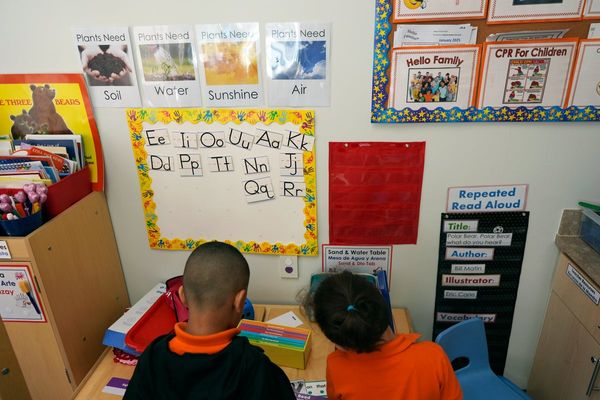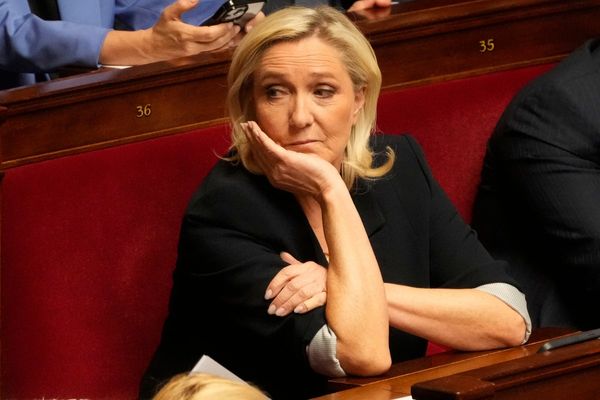
Women are set to benefit from the Coalition’s big spending budget, with $2.1 billion in further funding for women’s safety and health, and changes to make paid parental leave more flexible. The Coalition is also highlighting the record workforce participation rates for women, in line with the low levels of unemployment more generally.
But with the National Plan to End Violence Against Women and Children still being finalised, and large announcements from last year not due till after the election, it’s still not quite clear what changes women can expect to see.
What’s in the budget
Much of the investment is intended to contribute to the implementation of this National Plan, set to be delivered across a decade from 2022-32. The plan is still being finalised with the states and territories, meaning details are light for now.
What the 2022-23 budget does say is that approximately $1.3 billion of the overall figure committed to women’s safety is split broadly between response support, prevention, early intervention and recovery. This spending will support frontline services, emergency accommodation and access to legal and health services.
Another $330.6 million is committed to health outcomes, including maternal, sexual and reproductive health, including $58.3 million to support women with endometriosis and pelvic pain.
Included in the efforts to enhance women’s economic security are changes to paid parental leave. The move is designed to expand eligibility and give more choices to families as to how to use parental leave. Single parents will be able to access all 20 weeks of leave for the first time.
A bit of context
After a 2020 budget that underdelivered for women, the 2021 budget had some catching up to do. That looked like a $3.4 billion investment to a range of measures aimed at supporting women and girls, and the reintroduction of the women’s budget statement, which had previously been dumped by then-minister for women Tony Abbott. While not reaching last year’s numbers, this year’s budget is being touted as a continuation of last year’s announcements, with a further $2.1 billion towards largely the same initiatives.
Notably, many of the 2020 budget announcements, including the $1.7 billion childcare package designed to support participation in the workplace, won’t be rolled out until after the 2022 election. As such, women are yet to enjoy the effects of many announcements made over the past few years.
What’s missing from the budget
There is little additional funding in the budget to deal with rising costs of childcare, one of the key cost-of-living struggles for parents. There’s been no further additions to last year’s childcare package, which Labor criticised as falling short. With childcare costs continuing to inhibit working parents, many are calling for a complete overhaul of the system.
COVID recovery for female-led industries also did not receive any particular attention, even though women-dominated industries — including retail, tourism and health — have been hit hardest by the pandemic. Industry experts have said capital grants would make a significant difference in many of these industries.
If you or someone you know is affected by sexual assault or violence, call 1800RESPECT on 1800 737 732 or visit 1800RESPECT.org.au.







